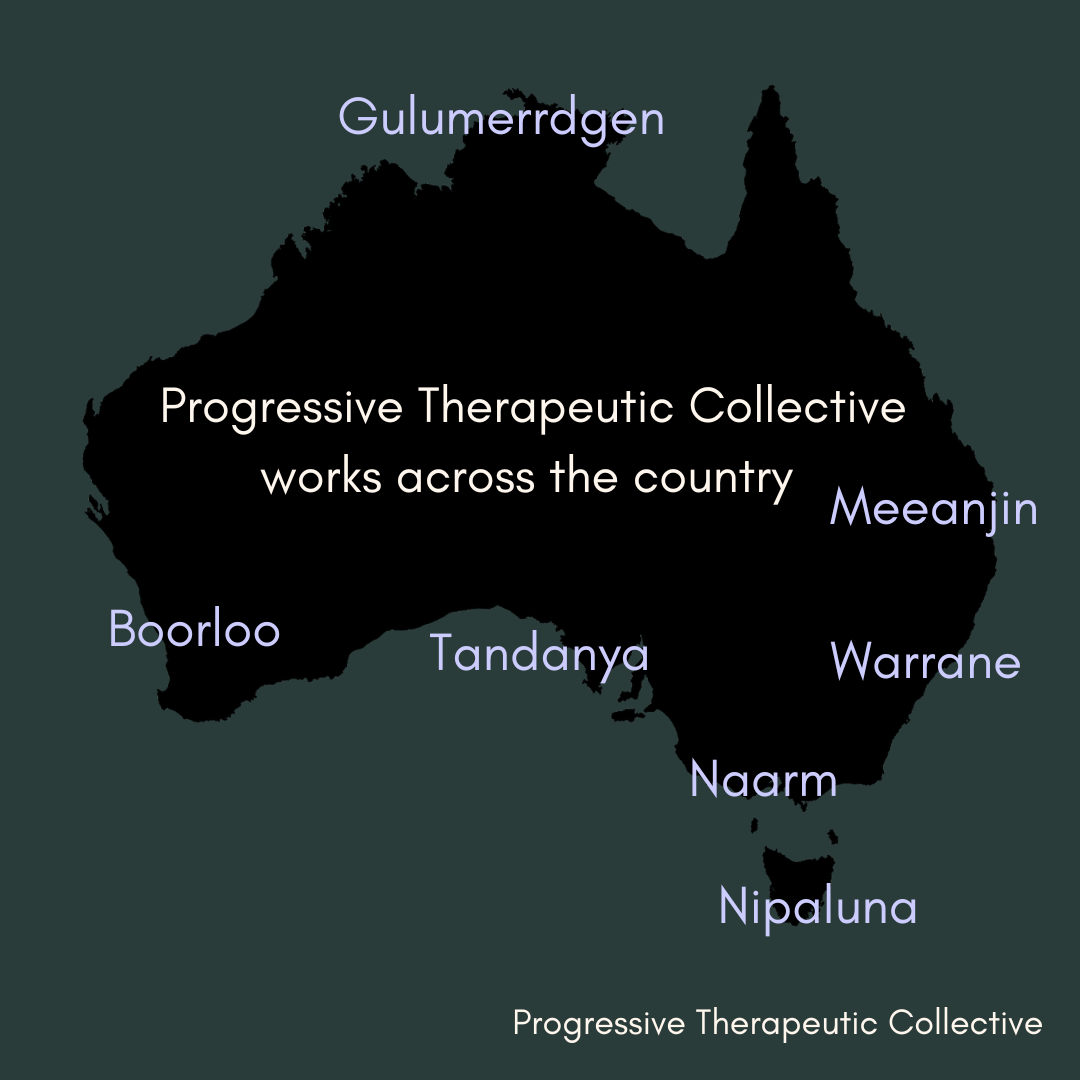Abortion counselling issues explored: The Role of Medical Advancements in Safe Abortion Practices
Abortion is a deeply personal and sometimes complex decision that affects millions of individuals worldwide. Over the years, medical advancements have significantly improved the safety and accessibility of abortion services, transforming what was once a highly risky procedure into one of the safest medical practices available today. This article explores the role of these advancements in promoting safe abortion practices from a pro-choice perspective.
Early Methods and Risks
Historically, abortion methods were often unsafe and carried significant risks. In the absence of medical oversight, many individuals resorted to dangerous practices such as ingesting toxic substances or using sharp instruments, leading to high rates of infection, injury, and death. The need for safe and reliable abortion services became increasingly apparent, driving the medical community to develop better methods.
The Introduction of Surgical Abortion
The advent of surgical abortion marked a major milestone in improving safety. Techniques such as dilation and curettage (D&C) and later, vacuum aspiration, provided safer and more effective options for terminating pregnancies. These methods, performed by trained medical professionals in sterile environments, drastically reduced the risks associated with earlier abortion practices.
Vacuum Aspiration:
Safety: Vacuum aspiration, introduced in the 1960s, involves using gentle suction to remove the pregnancy tissue from the uterus. It is a quick procedure with minimal complications when performed by a skilled provider.
Accessibility: This method is widely available and can be performed in various healthcare settings, making it accessible to many individuals seeking abortion.
Dilation and Evacuation (D&E):
Safety: D&E is typically used for abortions after the first trimester. It involves dilating the cervix and removing the pregnancy tissue using surgical instruments and suction. It is considered safe when performed by experienced practitioners.
Accessibility: While less commonly available than vacuum aspiration, D&E is an important option for those requiring second-trimester abortions.
The Rise of Medical Abortion
One of the most significant advancements in abortion care is the development of medical abortion, which involves using medications to terminate a pregnancy. This method has transformed abortion care by providing a non-surgical option that can be used in the privacy of one's home.
Mifepristone and Misoprostol:
Safety: The combination of mifepristone (which blocks the hormone progesterone needed for pregnancy to continue) and misoprostol (which induces contractions to expel the pregnancy tissue) is highly effective and safe. The World Health Organization (WHO) endorses this regimen as a recommended method for medical abortion.
Accessibility: Medical abortion can be used up to 10 weeks of pregnancy and is increasingly available through telemedicine services, expanding access for those in remote or underserved areas.
The Role of Telemedicine
Telemedicine has revolutionized abortion care by making medical abortion accessible to those who may not have easy access to in-person services. Through telemedicine, individuals can consult with healthcare providers, receive prescriptions for abortion medications, and follow up on their care—all from the comfort of their own homes.
Safety and Effectiveness:
Telemedicine services ensure that individuals receive appropriate medical guidance and support throughout the process, maintaining high standards of safety and effectiveness.
Increased Accessibility:
Telemedicine breaks down geographical and logistical barriers, making abortion care more accessible to those living in rural areas, those with limited mobility, or those facing other challenges in accessing in-person care.
Advances in Pain Management and Supportive Care
In addition to the methods of abortion themselves, advancements in pain management and supportive care have further improved the experience and safety of abortion services.
Pain Relief Options:
Modern pain relief options, including local anesthesia, sedation, and pain medications, ensure that individuals undergoing abortions experience minimal discomfort.
Comprehensive Support:
Healthcare providers now offer comprehensive pre- and post-abortion care, including counseling and follow-up visits, to support the physical and emotional well-being of individuals undergoing abortion.
The Impact of Legal and Policy Changes
Legal and policy changes have also played a crucial role in improving the safety and accessibility of abortion. The legalisation of abortion in many countries has allowed for the establishment of regulated, safe, and accessible abortion services. Policies that support access to abortion care, such as funding for reproductive health services and protections for healthcare providers, further enhance the safety and availability of these services.
Conclusion
The advancements in medical technology have transformed abortion from a risky and often inaccessible procedure into one of the safest and most accessible medical practices available today. From the development of surgical techniques to the advent of medical abortion and the rise of telemedicine, these innovations have empowered individuals with safe and effective options for terminating pregnancies.
Embracing these advancements underscores the importance of ensuring that all individuals have the right to make informed decisions about their reproductive health. By continuing to support and expand access to safe abortion services, we can uphold the fundamental right to bodily autonomy and reproductive freedom for all.

